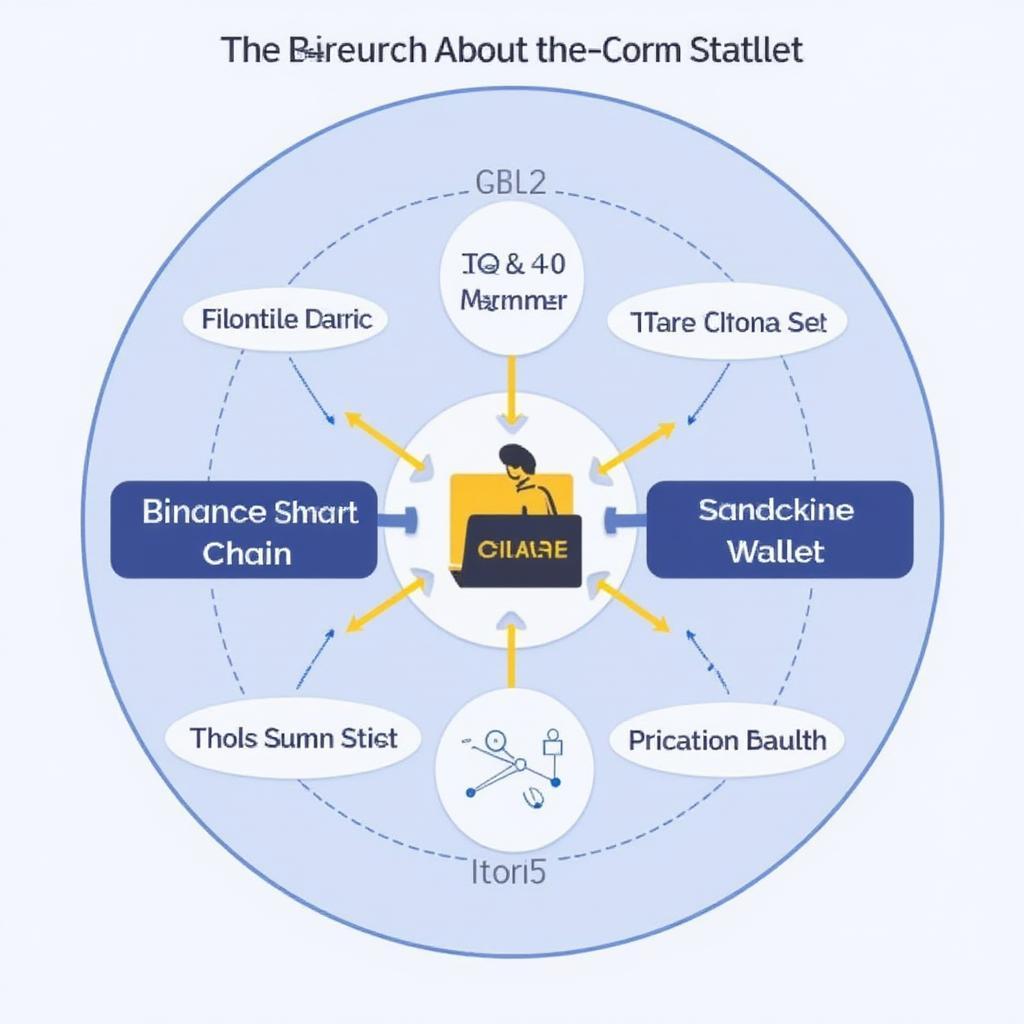Build a Crypto Exchange: A Comprehensive Guide

Building a cryptocurrency exchange is a complex undertaking requiring careful planning, significant investment, and a deep understanding of the blockchain ecosystem and financial regulations. This guide provides a comprehensive overview of the key considerations, steps, and technologies involved in creating a successful and secure crypto exchange.
Understanding the Crypto Exchange Landscape
Before diving into the intricacies of building an exchange, it’s crucial to understand the different types of exchanges and the competitive landscape. Centralized exchanges (CEXs) operate under a central authority, controlling user funds and order matching. Decentralized exchanges (DEXs) leverage blockchain technology to facilitate peer-to-peer trading without intermediaries. Choosing the right model depends on your target audience, regulatory considerations, and desired level of control.
Choosing the Right Exchange Model: Centralized vs. Decentralized
Centralized exchanges offer greater liquidity and user-friendliness, making them attractive to beginners. However, they are susceptible to hacking and regulatory scrutiny. Decentralized exchanges prioritize security and transparency but often face challenges in terms of scalability and user experience. This decision will significantly impact the technical architecture and legal framework of your platform.
Key Components of a Crypto Exchange
A robust crypto exchange relies on several interconnected components working in harmony.
Trading Engine: The Heart of the Exchange
The trading engine is the core of the exchange, responsible for matching buy and sell orders, managing order books, and executing trades efficiently. A high-performance trading engine is essential for handling large volumes of transactions and ensuring low latency. Choosing the right technology for your trading engine is crucial for scalability and reliability.
Wallet Integration: Securely Storing User Funds
Secure wallet integration is paramount for protecting user funds. Implementing multi-signature wallets, cold storage solutions, and robust security protocols is essential to mitigate the risk of hacking and theft. Consider integrating with popular hardware wallets to enhance user control over their private keys.
KYC/AML Compliance: Navigating Regulatory Requirements
Know Your Customer (KYC) and Anti-Money Laundering (AML) compliance are non-negotiable aspects of operating a crypto exchange. Implementing robust KYC/AML procedures is crucial to prevent fraud, money laundering, and comply with regulatory requirements in your target jurisdictions.

Liquidity Management: Ensuring a Smooth Trading Experience
Liquidity is crucial for a successful exchange. Insufficient liquidity leads to wide bid-ask spreads and price volatility, deterring traders. Strategies for attracting liquidity include market making, incentivizing trading activity, and partnering with liquidity providers.
Development Process and Technology Stack
Building a crypto exchange involves several stages, from conceptualization to deployment and maintenance.
Planning and Design: Defining Your Exchange’s Features
Thorough planning is essential. Define your target audience, supported cryptocurrencies, features, and revenue model. Consider features like margin trading, futures contracts, and staking options to differentiate your platform.
Technology Stack Selection: Choosing the Right Tools
Choosing the right technology stack is critical for scalability, security, and performance. Popular choices include Node.js, Python, and Go for backend development, React and Angular for frontend development, and PostgreSQL or MongoDB for database management.
Security Considerations: Protecting User Assets and Data
Security should be a top priority. Implement robust security measures, including two-factor authentication, encryption, intrusion detection systems, and regular security audits.

Testing and Deployment: Ensuring a Smooth Launch
Rigorous testing is crucial before launching your exchange. Conduct thorough unit, integration, and performance testing to identify and fix bugs and vulnerabilities. Choose a reliable hosting provider and ensure your infrastructure can handle peak traffic loads.
Expert Insights on Building a Successful Crypto Exchange
“Building a successful crypto exchange requires a relentless focus on security and regulatory compliance. Cutting corners in these areas can lead to disastrous consequences.” – Alexandr Wang, Chief Security Officer at Cyber Fortress Solutions.
“Attracting and retaining liquidity is the lifeblood of any exchange. Innovative market-making strategies and user incentives are crucial for long-term success.” – Sophia Chen, Head of Trading at Global Crypto Markets.
Conclusion
Building a crypto exchange is a challenging but potentially rewarding endeavor. By carefully considering the key components, development process, and security measures outlined in this guide, you can lay the foundation for a successful and secure platform. Remember that continuous innovation and adaptation are crucial for thriving in the ever-evolving cryptocurrency landscape. Thorough planning and execution are essential to Build A Crypto Exchange that can withstand the challenges and capitalize on the opportunities of this dynamic market.

FAQ
- How much does it cost to build a crypto exchange? The cost can vary significantly depending on the features, complexity, and technology stack.
- What are the legal requirements for operating a crypto exchange? Legal requirements vary by jurisdiction and include licensing, KYC/AML compliance, and data protection regulations.
- How can I attract liquidity to my exchange? Strategies include market making, incentivizing trading activity, and partnering with liquidity providers.
- What are the most important security considerations for a crypto exchange? Key considerations include multi-signature wallets, cold storage, two-factor authentication, and regular security audits.
- What is the difference between a centralized and decentralized exchange? Centralized exchanges operate under central authority, while decentralized exchanges leverage blockchain for peer-to-peer trading.
- What technology stack is best for building a crypto exchange? Popular choices include Node.js, Python, React, and PostgreSQL.
- How long does it take to build a crypto exchange? The development timeline can range from several months to a year or more, depending on the project’s scope.
- What are the key features of a successful crypto exchange? Key features include a robust trading engine, secure wallet integration, KYC/AML compliance, and high liquidity.
- How can I market my crypto exchange? Marketing strategies include social media campaigns, content marketing, influencer partnerships, and community building.




